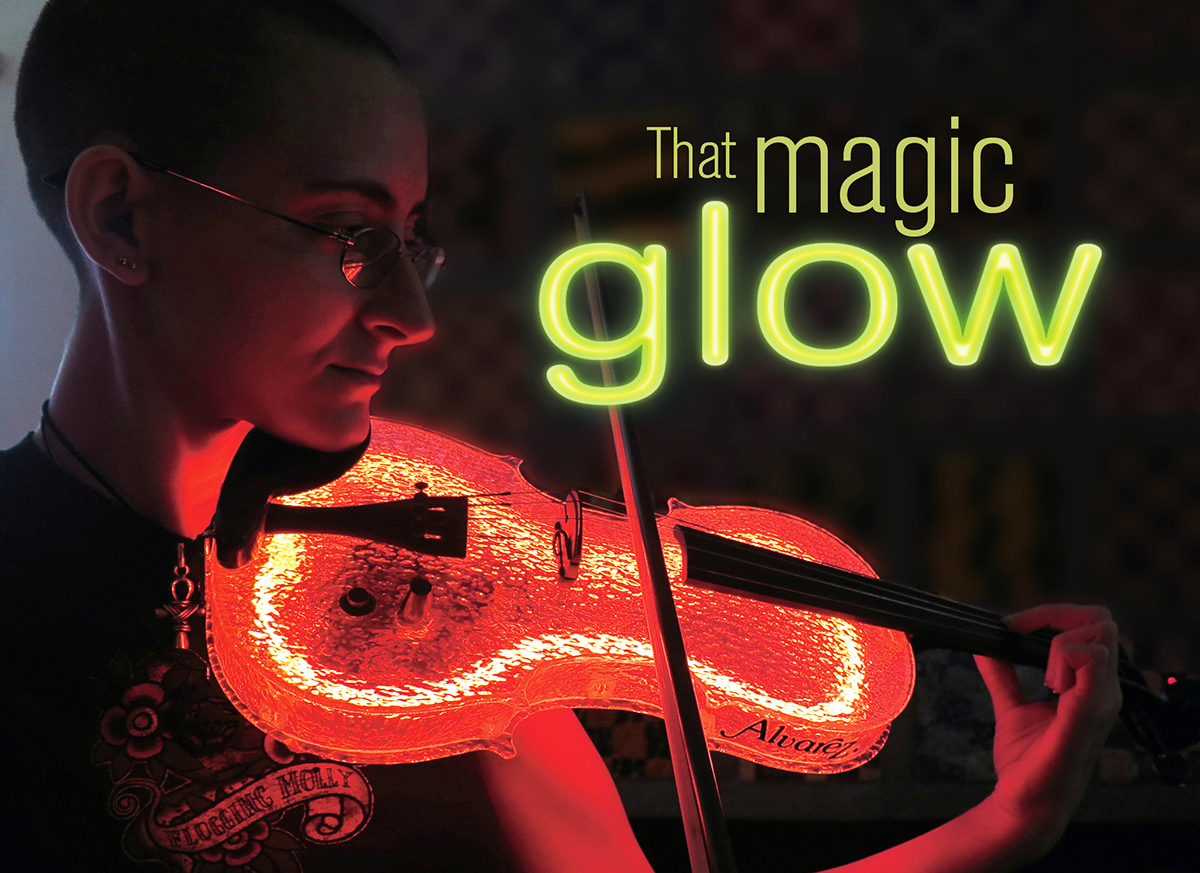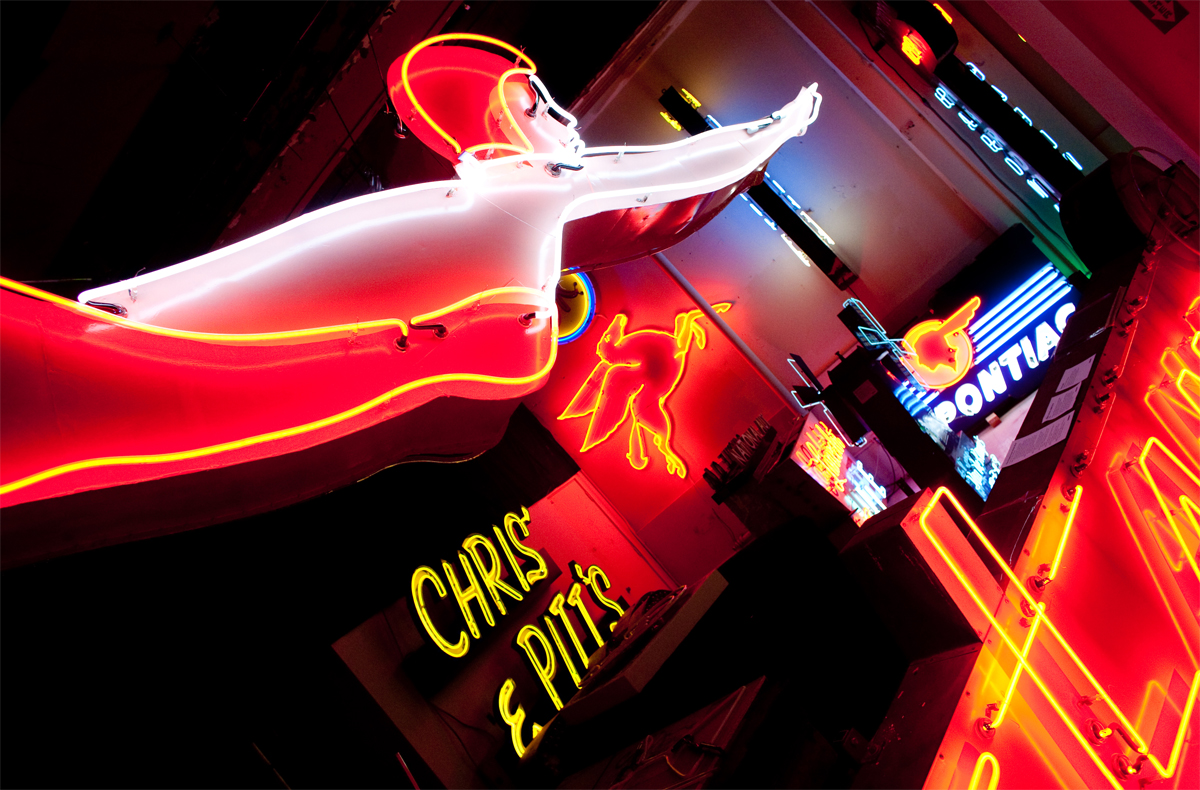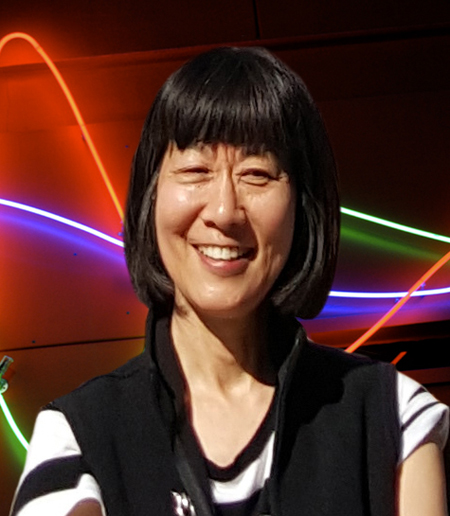That Magic Glow
 |
 |
|
|
 |
|
|
Lovers of neon signs love them without measure.
"It's that light," Kim Koga says with a laugh. "We're all moths to the flame. Flame is an attractive thing. It's the closest thing to a natural phenomenon you can control—a lightning-in-the-bottle kind of thing."
Another fan, the late light show artist and video-maker Rudi Stern, called neon signs "electric messages for electric cities."
Designer Eric Lynxwiler, who along with Executive Director Koga and fellow staffers David Svenson and Adriene Biondo is trying to preserve and extend the art of neon through the Museum of Neon Art, opening soon in Glendale, has another reason for being in neon's corner. "Personally," he says, "I root for the underdog."
Neon signs can be immense. They are always bright—reds, blues, yellows that can be seen for blocks, punctuating the urban night with splendor and good cheer. But for all their panache, all their vulgar brashness, these "products of an electrified atmosphere," as their apologist, Professor Christoph Ribbat has called them, have been more sinned against than sinning in their 100-plus year existence.
"The success story of neon is short," writes Ribbat, author of Flickering Light: A History of Neon.
In 1919, just seven years after the first neon signs anywhere glowed over Paris, they decorated the great palace of high culture, the Paris Opera. By the early 1930s neon tubes were taking over the Great White Way, replacing the mosaics of individual light bulbs over vaudeville houses and in advertising at Broadway and 42nd Street in New York.
Neon signs made their first showing in America in Los Angeles, of all places—Earle C. Anthony's Packard dealership in 1923. (Anthony, a man with taste, also hired Berkeley's pioneering architect Bernard Maybeck to design his Los Feliz home and a dealership in San Francisco.)
"In the 1920s neon was modern and brand new," Lynxwiler says. "You could make any shape, any form. You could do anything with neon. And it was hand in hand with America's love for car culture. These huge, animated neon signs would be seen flashing in the distance, and people would be drawn to them."
"In the 1920s when neon was new, if you were still using light bulbs you were considered antiquated."
Neon produced a warmer light than incandescent bulbs and produced much brighter light for the same wattage.
Not that neon was seen as entirely wholesome even in its youth. The pioneer of the technique, French inventor Georges Claude, monopolized the industry for years and created what Ribbat calls a "quasi-religious company mythology." A few years later Claude collaborated with the Nazis.




